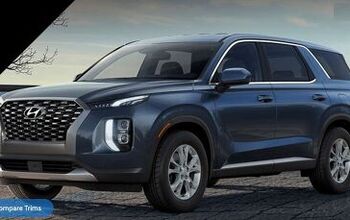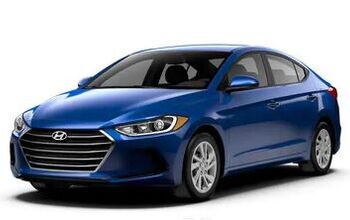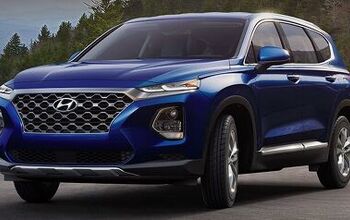Ace of Base: 2020 Hyundai Venue SE

Unless you’ve been living under an especially virulent rock, it’ll not have escaped your notice that most manufacturers are building crossovers and mini-utes (apologies to our readers in Oz for the loose usage of “ute”) to either replace or supplement the cars at the entry-level end of their lineup. After all, customers have to start somewhere, and if an affordable rig exists for young or first time buyers, the company stands a better chance of selling that customer their second car. And third. And so forth.
Priced at $17,250, the entry level Hyundai Venue SE definitely fits the bill. Known for packing its cars to the gunwales with standard features not generally found at instant ramen price levels, has Hyundai taken the same approach with this Venue?
First, your author would like to applaud the italicized H for continuing to imbue its cars with real names instead of calling this the iBX450eDrive. All Venues, regardless of trim, are powered by the same 1.6-liter four-banger making 121 horsepower. The boffins from Korea are doing their part to Save the Manuals by offering this base trim with a six-speed stick (it’s your author’s belief that while snazzy dual-clutch units are arguably faster to 60 mph in slick sports cars, entry level units like the Venue are infinitely more fun with a manual transmission). The automatic is a $1,200 proposition if you’re interested. You shouldn’t be.
Cloth seating surfaces are standard in all trims, so spending more on Venue doesn’t earn customers any peeled cows on which to sit. The infotainment touchscreen is also the same size regardless of trim, though the SEL gets nav. You’ll be fine without it; use your phone. Everything gets Apple CarPlay and Android Auto. There are USB ports as one would expect in this day and age, plus Bluetooth and a steering wheel peppered with buttons. Air conditioning is standard equipment.
The new Venue adopts Hyundai’s recent design language for its crossovers and SUVs, one which plops a pair of narrow lamps above the actual headlights, giving them the appearance of a stern school headmaster who’s caught all hands smoking under the bleachers. These frame a large eggcrate grille, painted black on the SE. Side mirrors are body color on the base car but are not heated, sadly. Seven colors are available gratis, including the delightfully extroverted Green Apple shown here. Wheels are 15-inch steelies, helping to keep a lid on replacement costs.
Hyundai gives this sub-$18,000 rig a yaffle of driver aids as well, including the likes of forward collision avoidance and lane-keeping assist. This is a signature Hyundai play, putting gee-whiz features on its cheapest cars — a move that will likely help them achieve their goal of hooking customers for not just this car but the next one.
[Images: Hyundai]
Not every base model has aced it. The ones which have? They help make the automotive landscape a lot better. Any others you can think of, B&B? Let us know in the comments and feel free to eviscerate our selections.
The model above is shown with American options and priced in American Dollars. Your dealer may sell for less.

Matthew buys, sells, fixes, & races cars. As a human index of auto & auction knowledge, he is fond of making money and offering loud opinions.
More by Matthew Guy
Latest Car Reviews
Read moreLatest Product Reviews
Read moreRecent Comments
- Doug brockman There will be many many people living in apartments without dedicated charging facilities in future who will need personal vehicles to get to work and school and for whom mass transit will be an annoying inconvenience
- Jeff Self driving cars are not ready for prime time.
- Lichtronamo Watch as the non-us based automakers shift more production to Mexico in the future.
- 28-Cars-Later " Electrek recently dug around in Tesla’s online parts catalog and found that the windshield costs a whopping $1,900 to replace.To be fair, that’s around what a Mercedes S-Class or Rivian windshield costs, but the Tesla’s glass is unique because of its shape. It’s also worth noting that most insurance plans have glass replacement options that can make the repair a low- or zero-cost issue. "Now I understand why my insurance is so high despite no claims for years and about 7,500 annual miles between three cars.
- AMcA My theory is that that when the Big 3 gave away the store to the UAW in the last contract, there was a side deal in which the UAW promised to go after the non-organized transplant plants. Even the UAW understands that if the wage differential gets too high it's gonna kill the golden goose.


































Comments
Join the conversation
Is this a clone of the Soul?
It is depressing, even how it looks like.